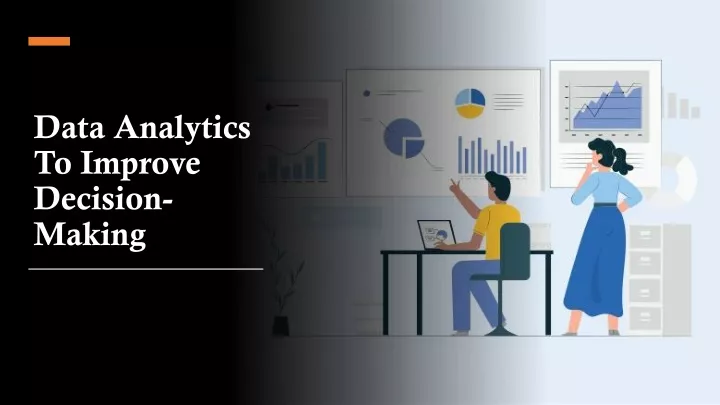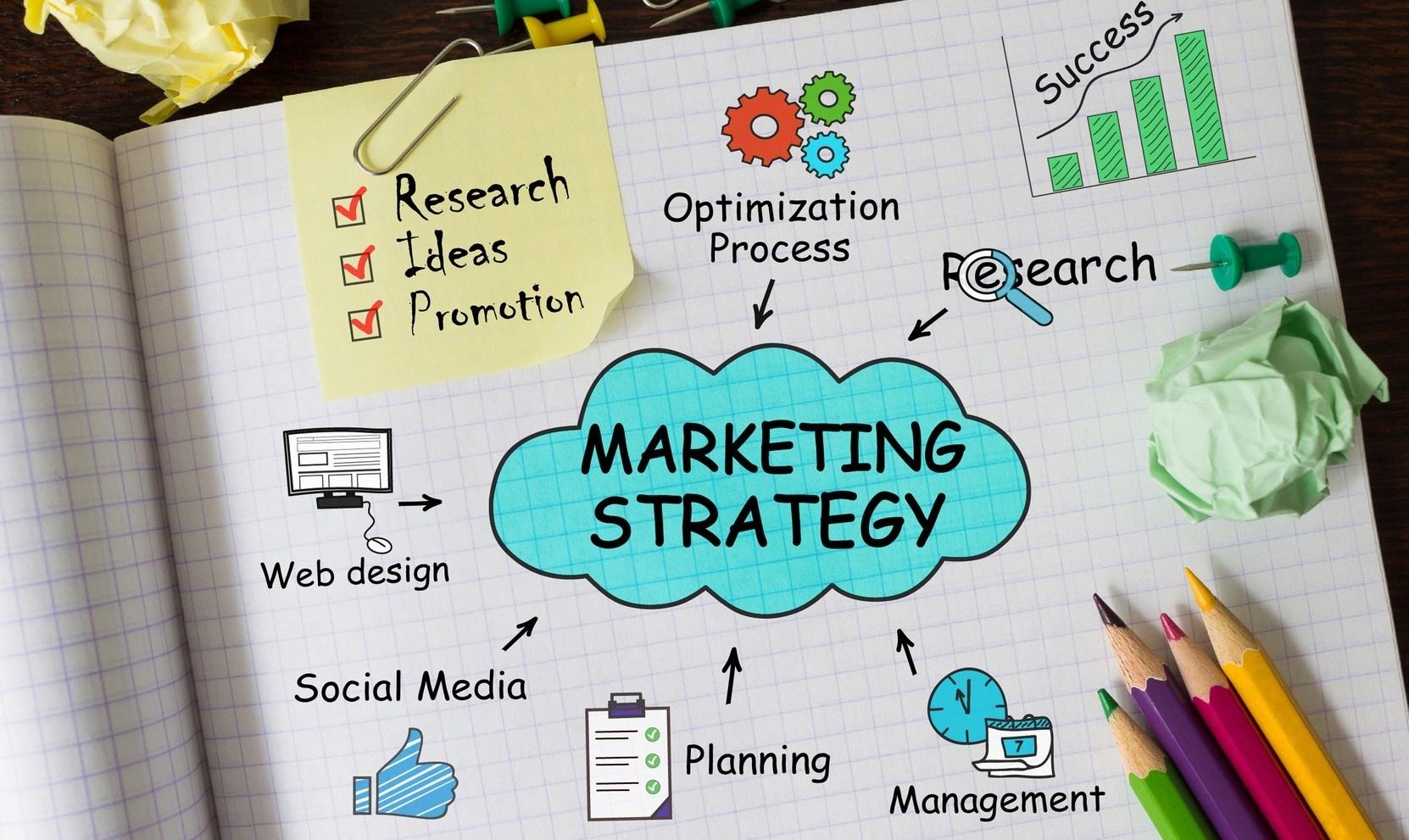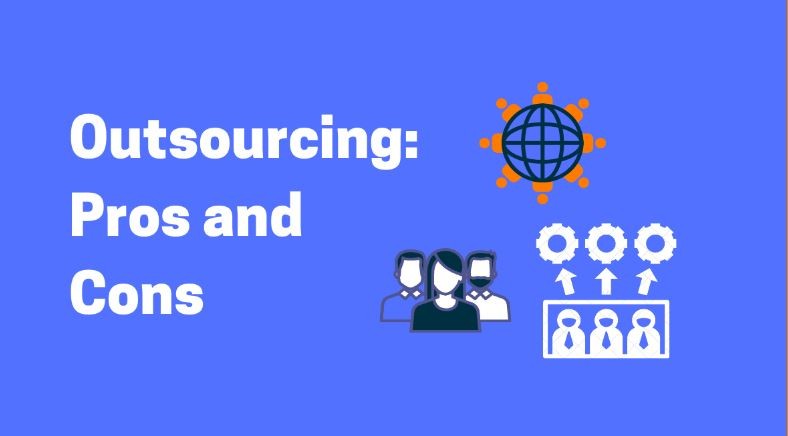Outsourcing for small businesses is increasingly in function today. Primarily, they seek specialized expertise which aims to reduce labour costs.
Currently, more small businesses than ever are exploring outsourcing options. Specifically, they focus on technology and IT needs. As a result, expert contractors handle these tasks more efficiently. Moreover, outsourcing often proves more cost-effective than in-house solutions.
However, outsourcing IT services comes with both advantages and disadvantages. Therefore, business owners must carefully consider their options. Before making a decision, they should evaluate all aspects thoroughly.
For small companies, the outsourcing decision carries significant weight. Consequently, they must assess both short-term and long-term impacts. Furthermore, they need to ensure the choice aligns with their business goals.
To help with this decision, let’s examine outsourcing in detail. First, we’ll define what outsourcing actually means. Then, we’ll explore its key benefits. Subsequently, we’ll discuss potential drawbacks. As a result, you’ll gain a comprehensive understanding of the concept.
By following our guidance, you can make an informed decision. Specifically, you’ll learn if outsourcing fits your small business model. Additionally, you’ll understand how to implement it effectively.
Throughout this guide, we’ll address several crucial questions. Initially, we’ll start with the fundamentals. Then, we’ll progress to more complex considerations. Finally, we’ll provide actionable insights for your business.
Most importantly, remember that outsourcing isn’t one-size-fits-all. Rather, it should be tailored to your specific needs. Ultimately, the goal is to enhance your business operations.
Now that we’ve set the foundation, let’s begin with our first question. This way, we can help you navigate the outsourcing landscape effectively.
What does outsourcing mean?
Outsourcing means hiring another company or person to do work your employees would normally do. This is done to save money and work more efficiently.
For example, a company might hire another company to handle its customer service to save money on salaries and benefits. Or, a company might hire an IT company to manage its technology so it can benefit from their expertise and save money. In both cases, the company contracts with another company to do a specific job it doesn’t have the skills or resources to do.
There are many reasons why a company might choose to outsource certain jobs. It could be because the job is not something the company is good at or because it is cheaper to hire another company to do it. Outsourcing can also free up employees to work on more important tasks.
The Pros of Outsourcing for Small Businesses

Outsourcing offers several advantages, such as reducing costs, providing access to specialized expertise and advanced technology, relieving you from daily operational tasks, and allowing you to focus on your business’s core strengths.
Let’s explore the key benefits of outsourcing for small businesses in more detail.
1. Cost Efficiency
Outsourcing can significantly reduce costs for your business. Hiring and training employees is not only expensive but also time-consuming.
Additionally, offering employee benefits like healthcare, paid time off, and retirement plans can further strain your budget. By outsourcing tasks to specialized companies, you eliminate these burdens.
For instance, outsourcing allows you to pay only for services as needed, instead of hiring full-time staff for every function. This flexible cost structure helps you allocate funds toward business growth initiatives rather than employee overhead. Moreover, you improve efficiency and minimize costly mistakes by delegating tasks to experts.
2. More Time to Grow Your Business
Outsourcing tasks like website management, administrative work, or IT maintenance can free up valuable time, allowing you to focus on areas critical to scaling your business.
Micromanaging every aspect of your operation can slow progress. By handing off these day-to-day tasks, you give yourself the freedom to concentrate on your business’s growth strategy and long-term goals.
The time saved from outsourcing allows you to focus on activities that impact profitability, like expanding your customer base, building partnerships, or improving your products and services.
3. Increased Productivity
Outsourcing repetitive or non-core tasks enhances your business’s productivity. You can direct your energy toward areas that need your expertise when your time is no longer consumed by administrative responsibilities.
By delegating tasks like bookkeeping, editing, online research, or data entry, you avoid distractions that might limit your ability to drive your business forward.
Even outsourcing small tasks can lead to big gains in productivity, allowing you to achieve more in less time.
4. Access to Specialized Knowledge and Skills
Outsourcing provides access to professionals with specialized skills that might be too expensive or time-consuming to develop in-house.
For instance, outsourcing your accounting to a specialized agency ensures that your books are handled more efficiently than if you had to manage them with limited expertise.
Similarly, outsourcing social media marketing or content creation to agencies can help you maintain a professional online presence without the need to hire additional staff or undergo costly training.
This access to expertise ensures that you receive high-quality work without investing in new hires or expensive training programs.
5. Enhanced Business Flexibility
Outsourcing adds a level of flexibility to your business operations. You can scale up or down based on your business needs without the commitment of long-term contracts or permanent employees.
Whether you need extra support during peak seasons or specialized expertise for a short-term project, outsourcing allows you to adjust your resources accordingly.
This adaptability enables your business to stay agile in a competitive marketplace, avoiding the overhead and complications that come with permanent staffing changes.
6. Risk Management and Compliance
Outsourcing to expert providers can also mitigate risks and ensure compliance with industry regulations. For instance, hiring an outsourced HR or payroll service helps ensure that your business adheres to labour laws and tax regulations without having to keep up with every legal update yourself.
The professionals you outsource to are more likely to stay updated on legal and regulatory changes, reducing your risk exposure. This allows you to run your business confidently, knowing that compliance and risk management are being handled by professionals.
The Cons of Outsourcing for Small Businesses

Let’s now explore the disadvantages of outsourcing for small businesses.
1. Loss of Control
Outsourcing key parts of your business operations often means relinquishing some level of control. This can become problematic, particularly when issues arise or things don’t go as planned.
Since you are not directly managing the outsourced tasks, you may lack crucial insights into these areas, reducing your ability to monitor progress or make swift adjustments.
Additionally, the opportunity to learn from mistakes within those segments diminishes because you’re not directly involved.
This loss of control could lead to major setbacks if not handled cautiously. Therefore, choose your outsourcing partners wisely, as they will become an integral part of your business operations.
If you lack confidence in their abilities, it might be better to handle certain functions in-house rather than risk a negative impact on your business.
2. Potential Decline in Quality
A significant risk of outsourcing is a potential drop in the quality of work. Since you’re relying on external providers to handle certain tasks, their mistakes could reflect poorly on your business. If they fail to meet your standards, it could tarnish your reputation and negatively affect customer satisfaction.
This underscores the importance of thoroughly vetting outsourcing partners to ensure they can consistently produce high-quality work.
Though finding reliable freelancers or service providers with industry expertise might take time, once you do, it can save you both time and money in the long run. It will also help you meet deadlines and ensure the delivery of quality products or services to your customers.
3. Communication Barriers
Communication challenges are another downside of outsourcing. Collaborating with teams in different time zones or those who speak different languages can lead to delays, misunderstandings, and frustration. This often slows down project completion and creates unnecessary back-and-forth.
Moreover, depending on the outsourcing setup, you may not be able to communicate directly with the team doing the work. This can make it hard to ask questions, offer feedback, or quickly resolve issues.
If you’re working with a large company, you may even have to go through intermediaries, making the process less efficient. To avoid these pitfalls, it’s best to select outsourcing partners with whom you can communicate directly, as this will help streamline the process and ensure faster completion of projects.
4. Difficulty in Finding the Right Partner
The process of finding a reliable outsourcing partner can be tedious and time-consuming. Especially when starting out, locating a service provider who delivers quality work on time, follows instructions meticulously, communicates effectively, and charges a fair rate can feel like a daunting task. Even when you find a good partner, they might be a small business themselves, with limited availability or resources.
You must establish a long-term relationship with your chosen partner, ensuring they can support you as your business grows. However, it’s also essential to maintain backup options, as you don’t want to be left scrambling if they suddenly become unavailable.
5. Security and Confidentiality Risks
Outsourcing can expose your business to potential security and confidentiality risks. When you share sensitive data or proprietary processes with an external provider, you run the risk of leaks or breaches.
If your outsourcing partner doesn’t follow stringent security protocols, this could result in data loss or misuse, which can damage your business reputation and lead to legal issues.
Work with outsourcing partners who prioritize security and confidentiality to minimize this risk. Non-disclosure agreements (NDAs) and ensuring that your partners adhere to industry-standard cybersecurity measures are critical steps to protect your business.
6. Hidden Costs
While outsourcing is often cost-effective, some hidden costs may surprise you. For instance, if you need to spend extra time managing the outsourced team, fixing their errors, or paying for additional services not originally included in the contract, these unexpected expenses can pile up.
Sometimes, managing outsourced projects becomes so complex that it takes more time than expected, negating any cost savings.
Carefully reviewing contracts and setting clear expectations upfront can help avoid hidden costs. Be sure to have detailed discussions with your outsourcing partner about what is included in their services to prevent any unpleasant surprises later on.
Outsourcing for Small Businesses Done Right
Outsourcing gives small businesses an efficient way to complete tasks without the need to hire full-time employees. By outsourcing, you can quickly bring in experts, such as an IT outsourcing company, to handle specific projects without the long-term commitment of a permanent hire.
However, certain risks come with following IT outsourcing trends, and it’s crucial to evaluate them before making any decisions. If you’re considering outsourcing your business, carefully assess these factors to ensure you make an informed choice.
For more business articles, visit here.





































































